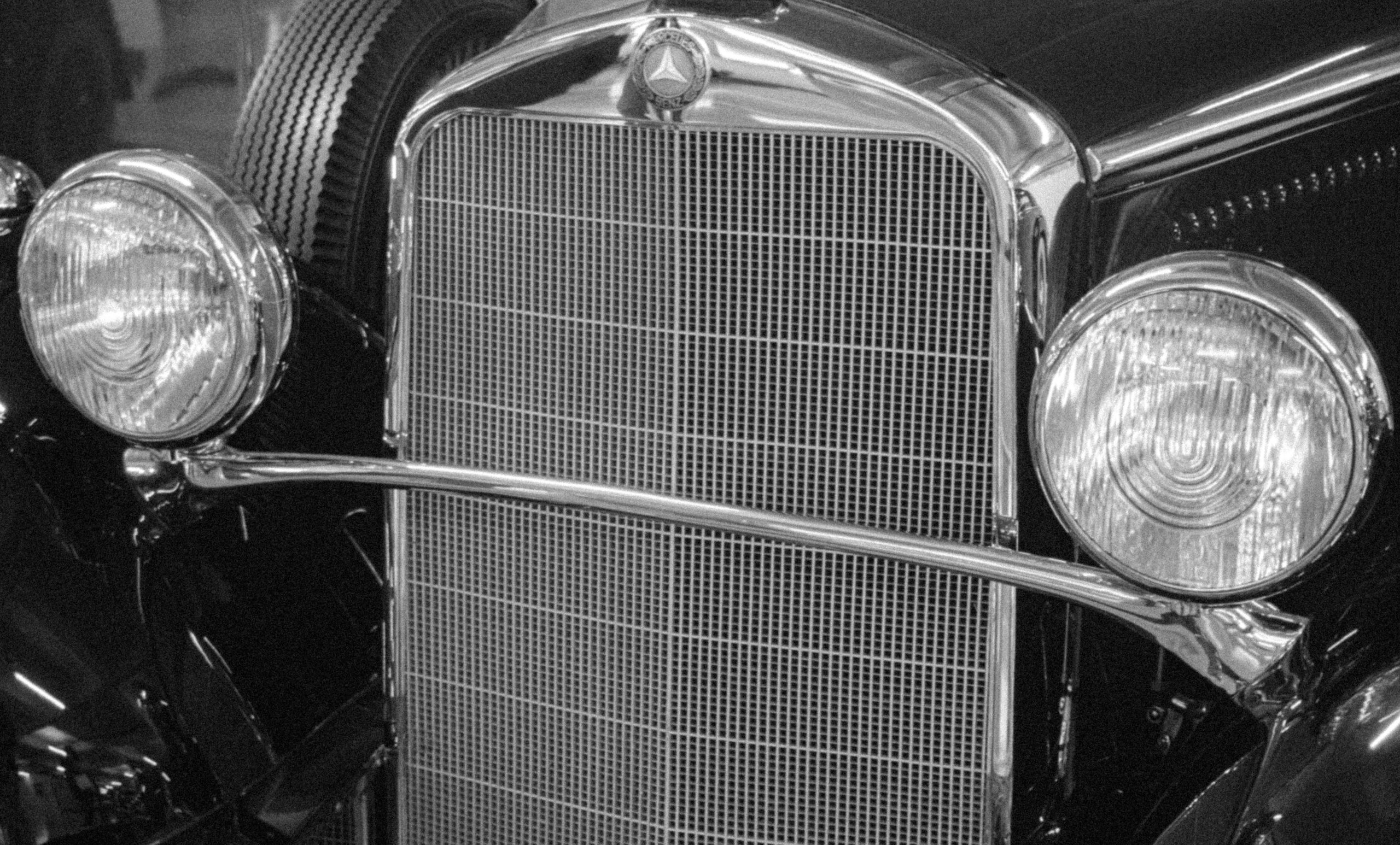The Evolution of Vehicle Cooling Systems
When you think about the advancements in the automotive industry over the years, you might immediately think of improvements in engine performance or safety features. However, one aspect that has also seen significant evolution is the vehicle cooling system. From simple air-cooling mechanisms to the sophisticated systems of today, the evolution of vehicle cooling systems has played a critical role in the performance and efficiency of vehicles. In this article, we will delve into the journey of how these systems have evolved over time and the impact they have had on the automotive industry.
The Early Days of Vehicle Cooling Systems
In the early days of automobiles, cooling systems were not as complex as they are today. In fact, the first cars were air-cooled, which means they relied on air movement over the engine to keep it from overheating. This was accomplished through either a fan attached to the engine or by the motion of the vehicle itself.
However, as engines grew in size and power, it became necessary to find a more efficient way to cool them. This led to the development of the first liquid-cooled engine in the late 1800s. Similar to how our bodies use sweat to cool down, liquid coolant was circulated through the engine to absorb heat and transfer it to the radiator, where it would be cooled and recirculated back to the engine.
The Rise of Radiators and Water Pumps
As the popularity of liquid-cooled engines increased, the design of cooling systems became more advanced. The use of radiators, which were basically large heat exchangers, became widespread. These radiators were designed to have a large surface area to efficiently cool the liquid coolant from the engine. Additionally, water pumps were introduced as a means of boosting the flow of coolant through the system, resulting in better engine temperature control.
These advancements in the cooling system also allowed for the creation of more powerful engines, as they no longer had to rely on air to cool down, and could handle increased heat levels without risk of overheating.
The Emergence of the Expansion Tank
In the 1930s, the expansion tank, also known as the coolant reservoir, was introduced. This component played a crucial role in regulating the pressure and temperature of the cooling system. Its main function was to provide a space for excess coolant to expand and contract without causing damage to the system. It also allowed for easy monitoring of coolant levels, making maintenance and repairs more convenient.
The Modern Cooling Systems
With the rise of computer-controlled engines in the 1980s, automotive cooling systems took yet another leap in evolution. The use of electronic sensors and a thermostatic control valve allowed for more precise temperature regulation, resulting in improved engine performance and fuel efficiency.
The incorporation of electric fans, instead of belt-driven fans, also helped in reducing the load on the engine, resulting in better fuel economy. This, coupled with the development of more efficient radiators, has made modern cooling systems even more efficient and reliable.
The Future of Vehicle Cooling Systems
As the automotive industry continues to innovate, the evolution of vehicle cooling systems is far from over. In recent years, we have seen the emergence of alternative cooling methods, such as electric water pumps and GDI (gasoline direct injection) technology, which uses a combination of air and fuel to cool down the engine. Additionally, with the rise of electric and hybrid vehicles, we can expect to see a shift towards more advanced cooling systems that cater to the unique needs of these vehicles.
In conclusion, the evolution of vehicle cooling systems has come a long way and has played a crucial role in the advancements of the automotive industry. From the simple air-cooling mechanisms of the past to the sophisticated systems of today, one thing remains certain – the importance of a well-functioning cooling system for the performance and longevity of our vehicles.











